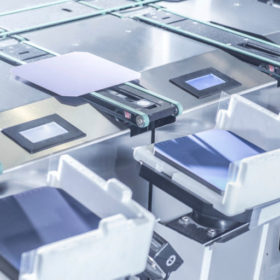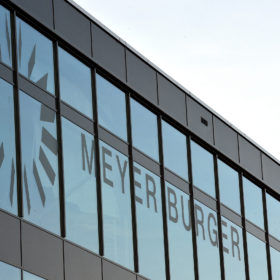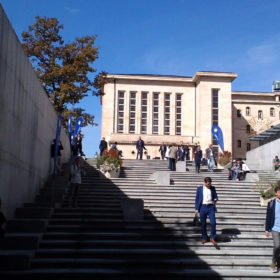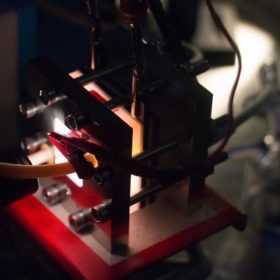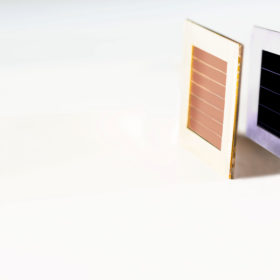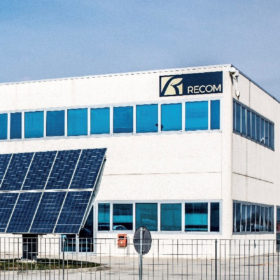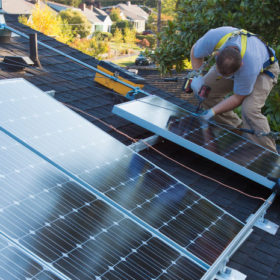Sentis Capital urges Meyer Burger to establish GW-scale HJT production
Meyer Burger’s largest single shareholder has requested the company change strategy. Sentis Capital has urged the Swiss technology company’s board to raise sufficient capital for it to set up its own GW-sized production facility for its heterojunction and tandem cell PV technology. Meyer Burger has responded that it is view of only one shareholder.
Meyer Burger to lay off 100 workers and relocate most of PV business to Asia
There may be a much-vaunted ‘solar renaissance’ in the offing for Europe, but it hasn’t come quickly enough for the Swiss PV equipment supplier, which wants to handle most of its sales and services from China.
Swiss research group develops methylammonium-free perovskite cells
The organic methylammonium (MA) molecules in the cell were replaced with inorganic elements such as rubidium and cesium. The planar perovskite cells resulting from the research have an efficiency of more than 20%.
Module prices have decreased by up to 25% so far this year, TrendForce says
According to the Gold Member Solar Report by EnergyTrend (Q3 2018), monocrystalline module prices have fallen almost 20% this year, while those for polycrystalline modules have dropped by more than 25%. Increased consolidation among manufacturers and developers is expected to occur in China and the global solar market, with more merger deals, plans for capacity reductions and even factory closures.
Becquerel winners submit resolution for revival of solar industry to the EU
At the EU PVSEC in Brussels this week, prominent representatives of the solar industry joined an appeal to rebuild a major European PV production line along the entire value chain. They called on the EU Commission and member states to introduce eco-labels and recycling criteria for solar modules, to stimulate PV expansion and align research policy with the revival of the solar industry.
International research group develops solar cell with storage properties
Although the “solar flow battery” is currently considered too expensive by its own creators, a further improvement of its design and the use of emerging solar materials and new electrochemistry may open new opportunities for this kind of technology.
Imec claims 24.6% efficiency for tandem CIGS cell based on perovskite
The Belgian research institute developed its cell in partnership with EnergyVille, Solliance and German research center, ZSW.
Recom to increase production capacity by 1 GW
The German module manufacturer is planning a further expansion of capacity in Europe. In France and Armenia, new production lines for solar cells and modules are planned to start this year.
Study: 32% tandem cell solar still competitive at triple the price
Arizona State University researchers have determined that a 32% efficient perovskite-silicon tandem cell could produce electricity at the same price as cutting-edge 22% efficient panels in the most cost-competitive of situations
New solar water-splitting cell demonstrates 19.3% efficiency, increasing longevity significantly
The cell uses a novel approach that increases its conversion efficiency and longevity at the same time. Researchers claim it is a new world record for this type of application and highlight its importance in storing renewable energy in hydrogen to compensate for output and demand fluctuations.
